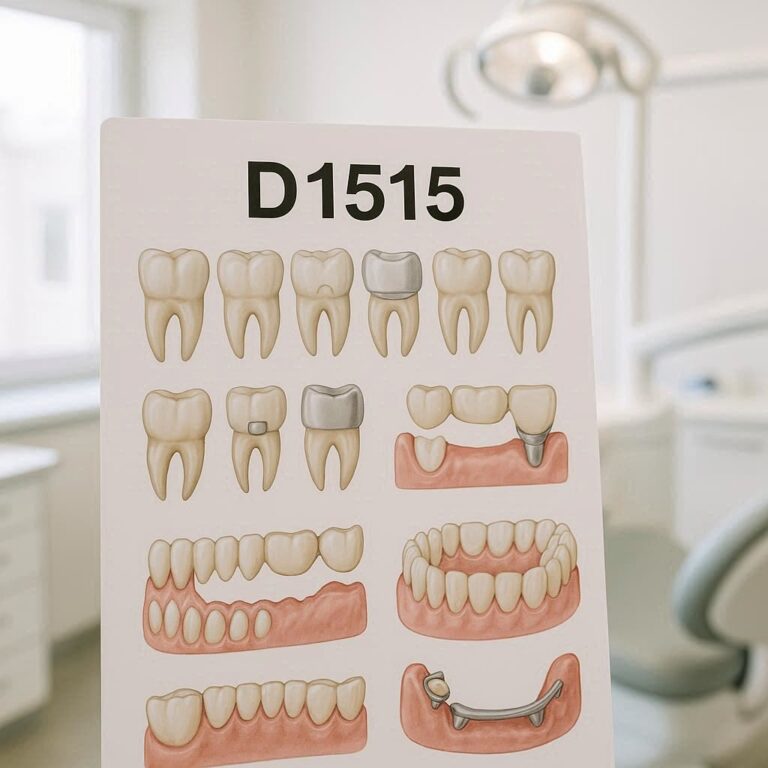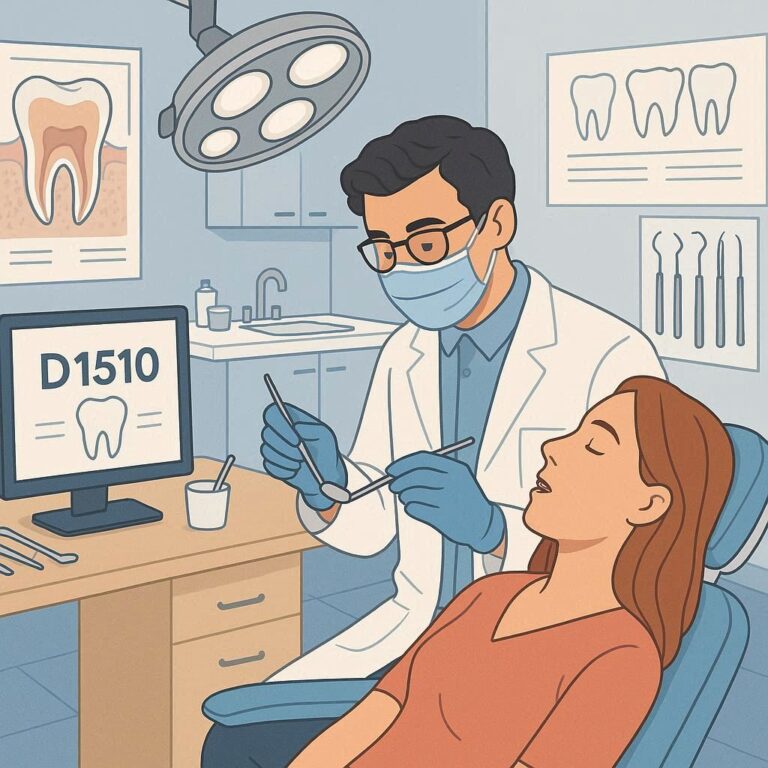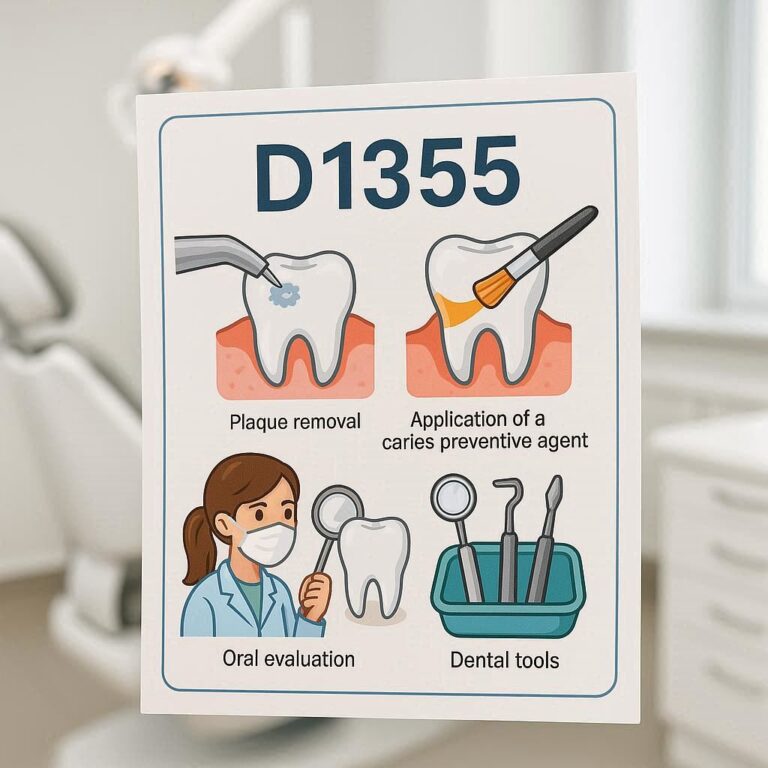The Ultimate Guide to ICD-10 Codes for Dental Appointments
Navigating the world of medical and dental billing can be complex, especially when it comes to using the correct ICD-10 (International Classification of Diseases, 10th Revision) codes. For dental professionals, understanding and applying these codes accurately is crucial for insurance claims, reimbursement, and maintaining compliance.
This comprehensive guide will explore ICD-10 codes specific to dental appointments, their importance, common codes used, best practices for documentation, and how they differ from CDT (Current Dental Terminology) codes. Whether you’re a dentist, dental hygienist, or billing specialist, this article will serve as an essential resource to enhance your coding accuracy and efficiency.

2. Understanding ICD-10 Codes in Dentistry
What Are ICD-10 Codes?
ICD-10 codes are alphanumeric designations used to classify diseases, symptoms, and medical conditions. They are maintained by the World Health Organization (WHO) and adopted by healthcare providers worldwide for diagnosis documentation and billing purposes.
Why Are ICD-10 Codes Important for Dental Practices?
- Insurance Claims & Reimbursement: Proper coding ensures that dental procedures are covered by medical and dental insurance.
- Legal Compliance: Accurate coding reduces audit risks and potential fraud allegations.
- Patient Care Tracking: Helps in maintaining detailed patient records for future reference.
3. Common ICD-10 Codes Used in Dental Appointments
Below is a table of the most frequently used ICD-10 codes in dentistry:
| Dental Condition | ICD-10 Code | Description |
|---|---|---|
| Dental Caries (Cavities) | K02.9 | Dental caries, unspecified |
| Gingivitis | K05.00 | Acute gingivitis, plaque-induced |
| Periodontitis | K05.30 | Chronic periodontitis, unspecified |
| Tooth Abscess | K04.7 | Periapical abscess without sinus |
| TMJ Disorders | M26.60 | Temporomandibular joint disorder, unspecified |
| Dental Trauma (Cracked Tooth) | S02.5XXA | Fracture of tooth (initial encounter) |
| Oral Ulcers | K12.3 | Oral mucositis (ulcerative) |
Detailed Breakdown of Key Dental ICD-10 Codes
A. Dental Caries (Tooth Decay) – K02.9
- Used when a patient has untreated cavities.
- Subcategories exist for different stages (e.g., K02.3 for arrested caries).
B. Periodontal Diseases – K05.00 (Gingivitis) & K05.30 (Periodontitis)
- Gingivitis (K05.00): Early-stage gum inflammation.
- Periodontitis (K05.30): Advanced gum disease leading to bone loss.
C. Dental Trauma – S02.5XXA (Fractured Tooth)
- Used for cracked, broken, or avulsed teeth due to injury.
D. Oral Infections – K04.7 (Tooth Abscess)
- Indicates infection at the root of a tooth.
E. TMJ Disorders – M26.60
- Covers jaw pain, clicking, and dysfunction.
4. How to Properly Document and Bill Using ICD-10 Codes
Best Practices for Accurate Coding
- Be Specific: Use the most precise code available (e.g., laterality – left/right).
- Link to Treatment: Ensure the diagnosis justifies the procedure (e.g., filling for caries).
- Stay Updated: ICD-10 codes are revised annually—check for changes.
Avoiding Claim Denials and Rejections
- Common Errors:
- Using outdated codes.
- Not providing enough documentation.
- Mismatching ICD-10 and CDT codes.
5. ICD-10 Codes vs. CDT Codes: What’s the Difference?
| Feature | ICD-10 Codes | CDT Codes |
|---|---|---|
| Purpose | Diagnoses | Dental Procedures |
| Maintained By | WHO / CMS | ADA (American Dental Association) |
| Example | K02.9 (Cavities) | D2140 (Amalgam Filling) |
- ICD-10 = Diagnosis (Why treatment is needed).
- CDT = Procedure (What treatment was performed).
6. Updates and Changes in ICD-10 Codes for Dentistry
- 2024 Updates: New codes for rare oral conditions.
- Tele-dentistry Codes: Emerging for virtual consultations.
7. Case Studies: Real-World Applications
Case 1: Reimbursement Success
- Scenario: A patient with K04.7 (Abscess) needed a root canal (D3330).
- Outcome: Proper coding led to full insurance coverage.
Case 2: Denial Due to Incorrect Coding
- Mistake: Using K02.9 (Caries) for a gum graft claim.
- Solution: Correct code: K06.1 (Gingival recession).
8. Frequently Asked Questions (FAQs)
Q1: Can one dental procedure have multiple ICD-10 codes?
- A: Yes, if multiple diagnoses apply (e.g., caries + abscess).
Q2: Do all dental insurance plans require ICD-10 codes?
- A: Most do, but some only require CDT codes.
Q3: Where can I find the latest ICD-10 codes for dentistry?
- A: CMS (Centers for Medicare & Medicaid Services) and ADA websites.
9. Conclusion
Understanding ICD-10 codes for dental appointments is essential for accurate billing, insurance claims, and compliance. By using the correct codes, dental professionals can reduce claim denials, improve reimbursement rates, and enhance patient care documentation. Stay updated with annual changes and ensure proper training for your billing team.


